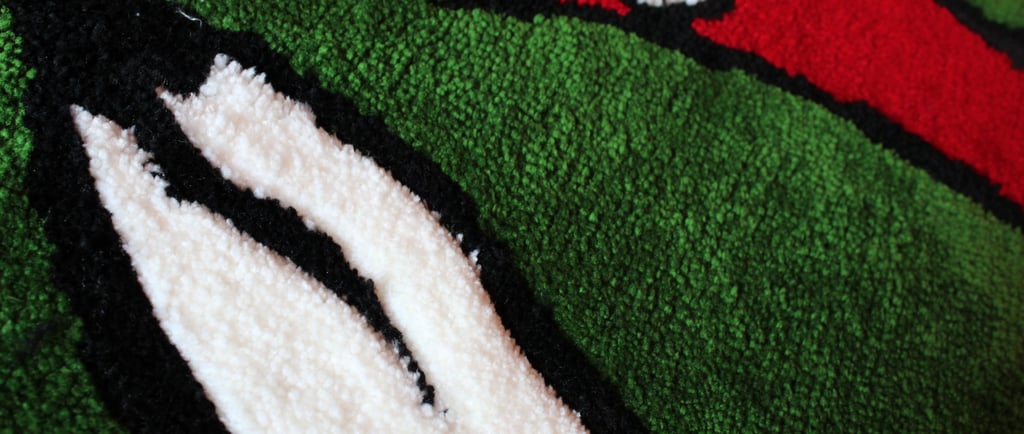The Differences between Hand-Knotted & Hand-Tufted Rugs
Let's explore the differences between a couple styles of rug creation.
Bud Nichols
10/29/20232 min read


Are you curious about the distinction between Hand Tufted and Hand Knotted Rugs? When seeking a contemporary rug for your home, you'll encounter various production techniques. Two prevalent terms are 'hand-knotted rugs' and 'hand-tufted rugs'. While they may initially appear similar, there are notable differences. Let's delve into the disparities between these two types of rugs.
Hand-Tufted Rugs
Hand-tufted rugs are more commonly encountered in everyday settings. This technique merges ancient weaving craftsmanship with modern technology. The process involves a weaver using a tufting gun or tool to pull wool strands through a canvas or similar base. The design is outlined on the backing, and the weavers fill it in with yarn, creating the rug pile. Hand-tufting offers extensive creative possibilities and is excellent for projects requiring precision, scale, and efficiency.
Hand-Knotted Rugs:
Also known as Oriental rugs, hand-knotted rugs are entirely crafted by hand on a vertical loom. This 2,000-year-old weaving technique demands exceptional precision, patience, and skill. Weavers insert and tightly tie knots around the rug's warp and weft, resulting in thousands of individual knots. Producing a hand-knotted rug requires significant skill and time, with the quality and cost determined by the number of knots per square inch.
Distinguishing Features:
Hand-tufted rugs are quicker and more cost-effective to produce compared to hand-knotted rugs. However, this doesn't diminish their quality; they are still meticulously crafted by hand and are sought after for luxurious interiors worldwide. Hand-knotted rugs, on the other hand, are considered heirloom quality due to their durability and can last a lifetime. They are pricier, influenced by the knot count.
For commercial spaces with high foot traffic, hand-knotted rugs are recommended for their robustness. Hand-tufted rugs are a budget-friendly alternative and allow for more flexibility in changing decor.
Distinguishing Features:
Hand-tufted rugs are quicker and more cost-effective to produce compared to hand-knotted rugs. However, this doesn't diminish their quality; they are still meticulously crafted by hand and are sought after for luxurious interiors worldwide. Hand-knotted rugs, on the other hand, are considered heirloom quality due to their durability and can last a lifetime. They are pricier, influenced by the knot count.
For commercial spaces with high foot traffic, hand-knotted rugs are recommended for their robustness. Hand-tufted rugs are a budget-friendly alternative and allow for more flexibility in changing decor.
Visual Differences:
One key visual distinction is the backing: hand-tufted rugs have a canvas backing, while hand-knotted rugs display tapestry-style stitches on the reverse side, showing each individual knot.
Another noticeable difference is the thickness. Tufted rugs tend to be thicker, while knotted rugs have a flatter pile. Consider pile height when choosing a rug, especially if it will be placed in a space where doors need to clear it.
Ultimately, the choice between hand-tufted and hand-knotted rugs depends on personal preferences and the specific requirements of your living space. Factors such as design, thickness, production time, cost, and durability should guide your decision-making process. Both production methods have their merits, offering a range of options for discerning buyers.
